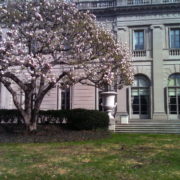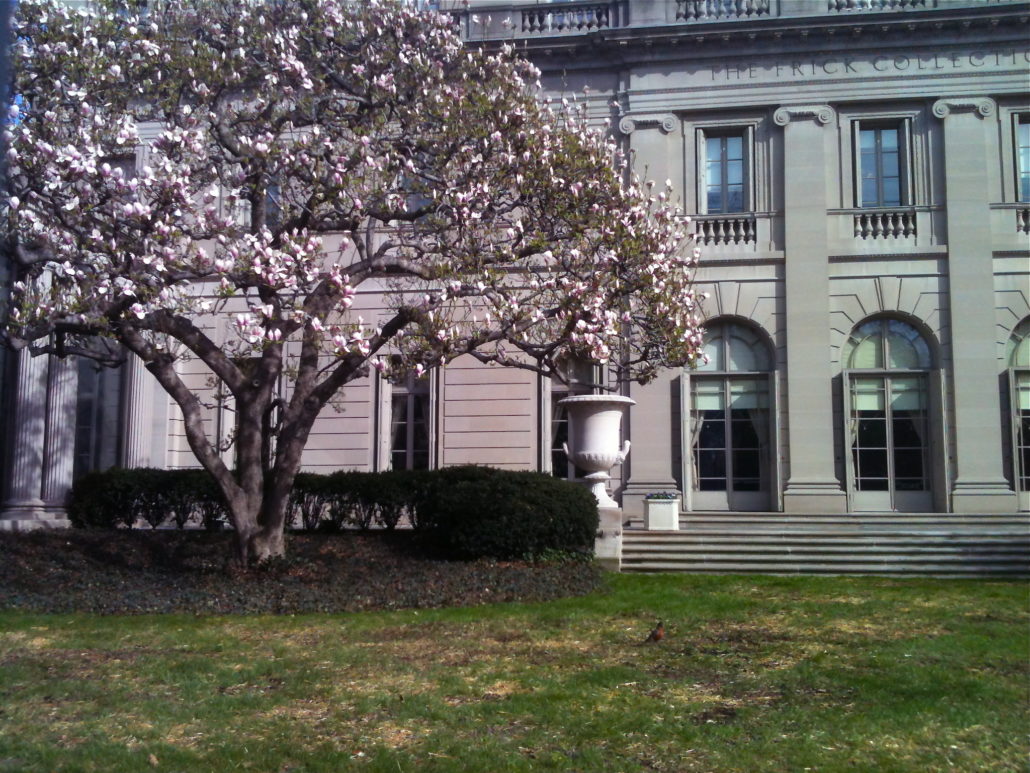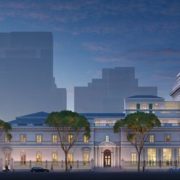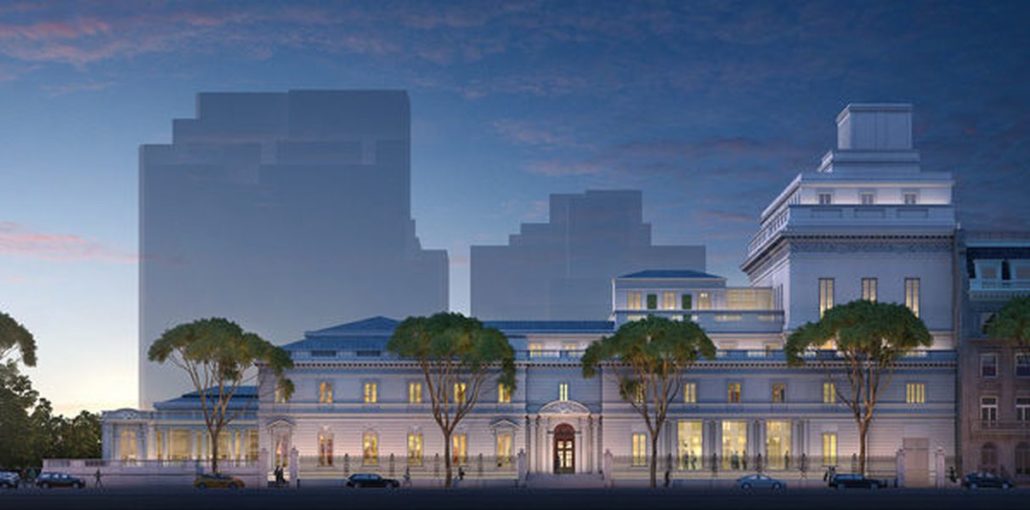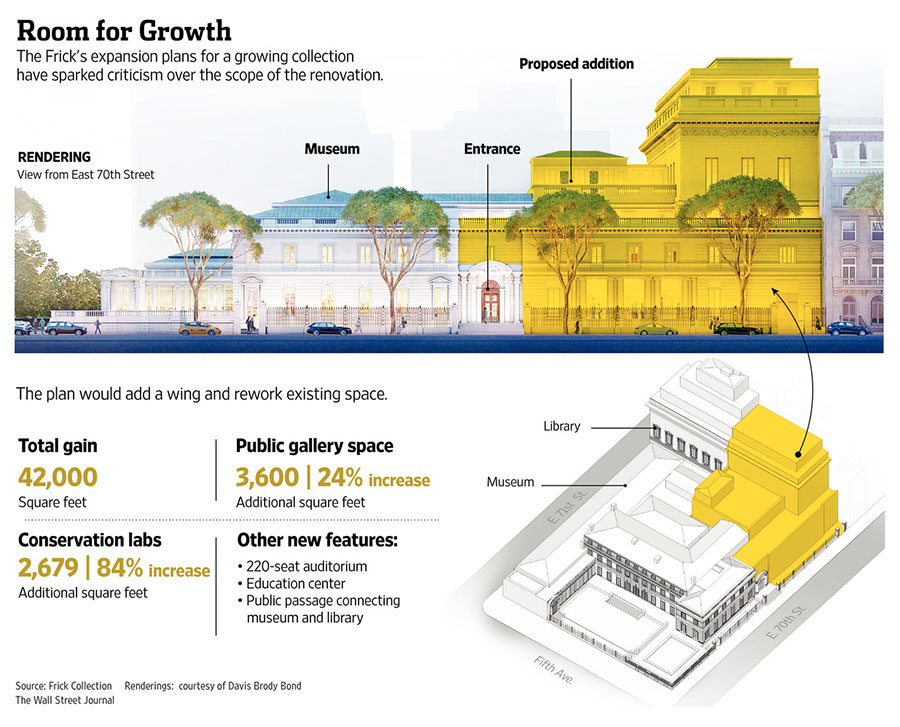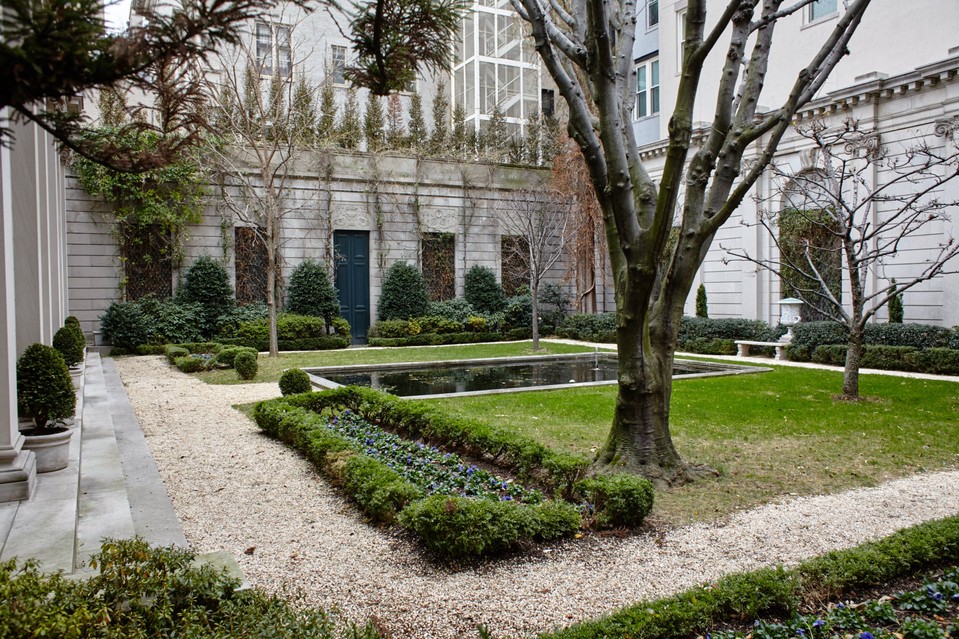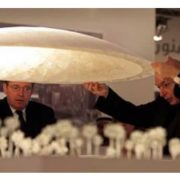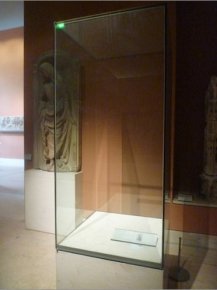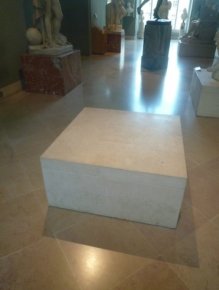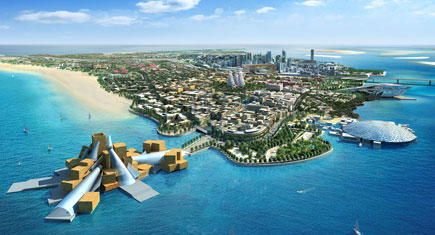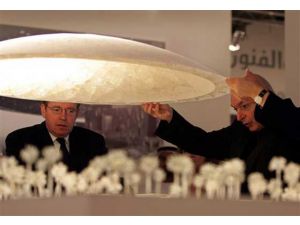Stewardship of Art in the Face of Museum “Sprawl”.
Ruth Osborne
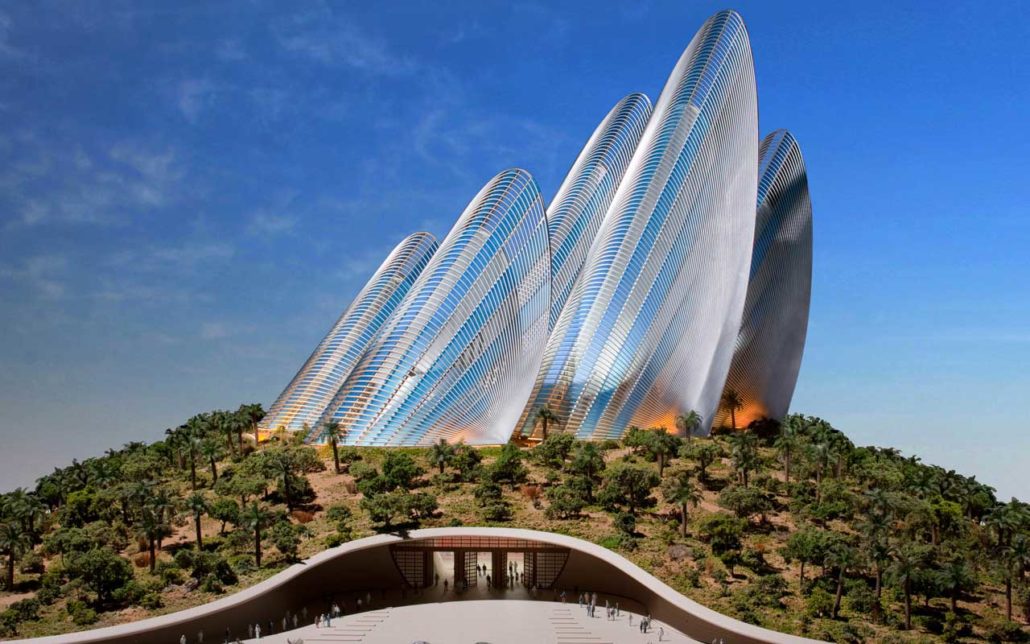
Rendering of future Zayed National Museum. Courtesy: Foster + Partners.
Our recent post addressing corporate sponsorship and crowdfunding questions the funds behind the support of our artistic and cultural heritage in the past few decades. In that same vein, we felt it important to call to light where major collections are either dividing themselves across continents or are getting swallowed up by larger institutions. ArtWatch has been vigilant to address issues of collections stewardship and donor’s bequests since it became aware of the debate over the disruptive treatment and eventual move of the Barnes Collection from its original housing in Merion, PA in the 1990s. Our recent coverage has included such issues of museum “sprawl” as the Guggenheim and Louvre in Abu Dhabi (on which construction has yet to begin), as well as the British Museum’s promised loans to the Zayed National Museum (for which “[The British Museum] will receive a significant fee for the loan, which it needs to offset the impact of Government cuts.”). The following, we hope, helps paint a truer picture of how the art and museum world has been taking shape in recent years.
The issue at hand is: how is a collection being stewarded well, according to the original aims of its founders, when funds in the 21st century are more and more being diverted for large expansion projects and long-term loan relationships? Furthermore, what is the true aim behind such massive moves of artworks and exorbitant spending for new spaces by the latest trendy architects? What happens to collections that are forced to be broken up because of financial misconduct and over-spending on expansions? This has come into play in recent years with the Delaware Art Museum’s deaccessions (to shore up their finances after millions were shelled out for a 2005 expansion) and break up of the Corcoran Gallery of Art & College of Art + Design (when they lacked the $100 million needed to maintain their historic Beaux-Arts home in D.C.).

Save the Corcoran website
In the case of the Corcoran, both the collection and its historic building were acquired by mega institutions that, despite their professed best intentions, will likely end up simply swallowing the unique history of the Corcoran. This is already being seen in the great secrecy and mistrust that has characterized the first year of the College of Art + Design under helm of George Washington University. New administration has reportedly not let long-standing faculty in on important decisions regarding restructuring, and students (both old and new) are feeling ostracized as well, with enrollment down from 404 to 294 students. That’s a 24% decrease since the takeover two years ago. The effects this lack of transparency with professors and students is already being seen in those who are the beating heart of the school, those most dependent on its future and who care most about their school’s impact on the arts world. With the Barnes Collection years ago, there was a similar – if more vocal – division between the vision of the new administration and the people on the ground actually being affected by their decisions.
While this isn’t expansion and sprawl on behalf of the now-defunct Corcoran, are visitors to the huge National Gallery of Art really aware of the unique origin of these works? Even recent remarks from NGA staff demonstrate that the Corcoran collection, established long before, is still renowned for its works that can now only “fill gaps” in the NGA’s own display. Works too similar to what the NGA already had, though important, were dismissed and offered to other national collections. Besides the small print in the label next to the artwork in whichever gallery building it ends up in, how else is the Corcoran’s history recognized? We hope the plans for the Corcoran to keep its congressional charter to operate as a unique non-profit with the mission to “encourage American genius” will help somewhat to continue its unique heritage. But that is still to be seen.
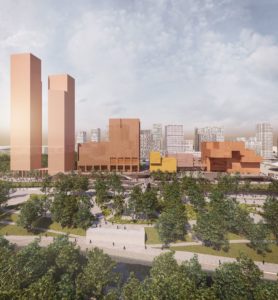
Rendering of the new Queen Elizabeth Olympic Park in London featuring a 7-story museum with exhibit space for the Smithsonian. Courtesy: University College London.
Elsewhere in Washington, a merger was announced this year that promises to bring items from the Smithsonian Institution’s vast collection over to London’s former Olympic Park alongside pieces exhibited from the Victoria & Albert Museum’s collection. This occurred despite Smithsonian Secretary David Skorton’s hesitancy expressed to the public when it came to making a final decision on the project. The Institution ultimately confirmed plans to create a permanent collaborative exhibition space with the V&A, University College London, London College of Fashion, and other cultural institutions. Besides increased travel activity of artworks in the Smithsonian’s collection, this will also involve another risky factor: a requested nearly 10% increase to its 2017 budget to facilitate the new series of loans.This increased strain on Smithsonian’s budget that could be put towards its current needs, which include the hundreds of millions in infrastructural repairs needed on its Air & Space Museum, as well as the hundreds of millions more it cost to construct the new National Museum of African American History and Culture (just opened Sept. 2016). It nearly established its own independent wing at the Olympic Park, but that was put to a halt earlier this year, due reportedly to “annual operating overhead” that would expectedly “cast a big shadow over the primary objective” of increasing the Smithsonian’s international audience.
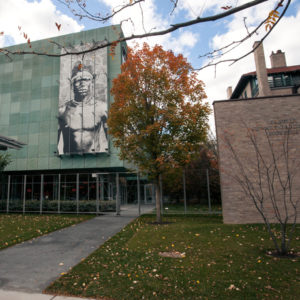
Gardner Museum with recent expansion by Renzo Piano. Courtesy: Boston Magazine.
The Peabody Essex Museum in Salem, MA also recently announced their $650 million initiative for a huge expansion of their public galleries and conservation spaces for a “new type of museum experience”. The Isabella Stewart Gardner Museum over in Boston may be proving an alluring example to the PEM, having proudly opened its new Renzo Piano-designed 70,000 sq ft wing, atop a demolished 1907 carriage house, in 2012. So what is this new museum we have created in the 21st century? James Panero asks this same question in his recent article “The Museum Industrial Complex Is Thriving (But Did The Art Get Lost?”. He highlights major shifts in the attitudes of the public and museums themselves that move away from the art that was the reason for founding any museum in the first place.
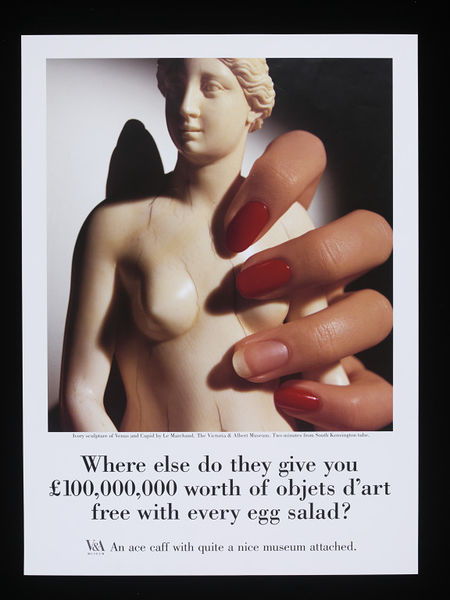
V&A Poster by Arden and Stark, for Saatchi & Saatchi, 1988. Courtesy: V&A Collections Online.
Some of this is an attempt to make the arts less “stuffy”, such as the V&A’s brazen 1980s advertisements as “An Ace cafe with a nice museum attached”. In the past few years, as outlined above, museums are increasingly spending billions on visitor services (dining, special events, etc.). What we don’t see in the press is how museums are investing in the fragile art within its walls by investing in preventative measures and curatorial staff. What we do see a lot of is art handled and interfered with more as it is shipped in traveling exhibitions around the world after which conservators are paid to touch up any damages that may have happened while in transit. Historic buildings like the Corcoran are crumbling and forced to give up their works to other institutions; or in the case of the Gardner, are being razed to make way for a perceived better space for visitors to experience. The art that was placed in galleries decades ago is now having to prove why it should be there in the first place, and why we should take time to look at it.
In this respect, museums are now also turning towards promoting a museum as a space to encounter and participate in social change and self-reflection. Rather than looking at the art, visitors are now told they should come to look at the art as a mirror back onto themselves, something the author argues “it does not learn from history but to show the superiority of our present time over past relics”. The present is more important. How you see yourself in the work of art is what advertises the museum to more new visitors on social media. But what about the art itself? The “socially oriented museum”, according to Panero, thereby stands in a “non-profit profit motive that seeks ever larger crowds, greater publicity, expanding spaces, ballooning budgets, and bloated bureaucracy – a circular system that feeds on itself – has turned the American museum into a neoliberal juggernaut.”


